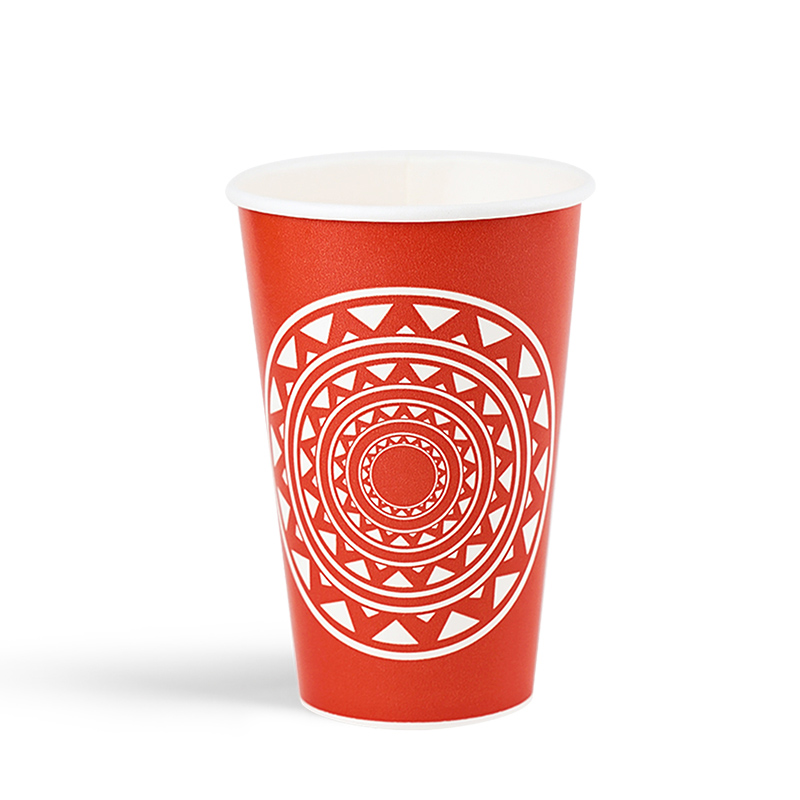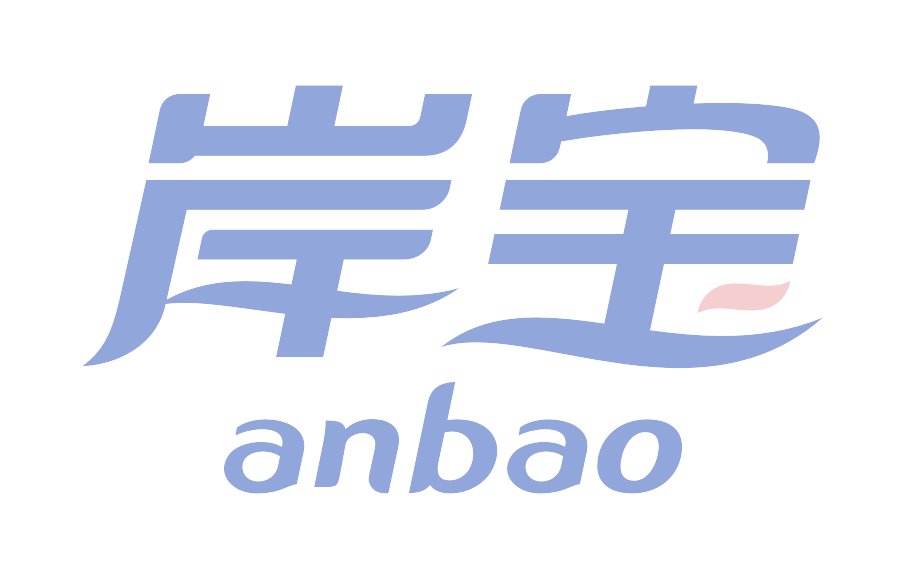
Single wall paper hot cups are widely used for serving hot beverages, valued for their simplicity and practicality. These cups feature a single layer of paper, designed to hold liquids like coffee, tea, and hot chocolate while balancing functionality and cost-effectiveness. This guide covers their design, materials, applications, and environmental aspects to help users understand their role in daily use.
Design and Structure
Single wall paper hot cups consist of a single paper layer, often coated with a thin polyethylene (PE) film. This coating prevents liquid from seeping through the paper, ensuring the cup remains sturdy when filled with hot beverages. The PE layer also adds heat resistance, allowing the cup to hold liquids at temperatures up to 194°F (90°C) without deforming.
The cups typically have a conical shape, tapering slightly toward the base, which makes them easy to stack and store. A rolled rim at the top provides a comfortable drinking edge and strengthens the cup’s structure, preventing it from collapsing when held. Some models include a small tab or lip to facilitate separation when stacked, reducing the risk of tearing.
Materials and Manufacturing
The primary material is food-grade paperboard, sourced from wood pulp or recycled paper. The paperboard undergoes a coating process where a thin layer of PE is applied to one side (the inner surface) to create a moisture barrier. This combination of paper and plastic ensures the cup is both lightweight and functional.
Manufacturing involves cutting the paperboard into flat shapes, which are then rolled into cones and sealed with adhesive. The base is attached separately, and the rim is rolled to add strength. This streamlined production process keeps costs low, making single wall cups an affordable option for high-volume use.
Applications Across Settings
Food Service Outlets
Cafés, coffee shops, and fast-food restaurants frequently use single wall paper hot cups for takeaway orders. Their lightweight design reduces transportation costs, and their stackability saves storage space in busy kitchens. They are ideal for serving standard-sized portions of hot drinks, from small espressos to large lattes.
Offices and Workplaces
Many offices provide single wall cups in break rooms for employees to use with coffee makers or tea kettles. Their disposability eliminates the need for washing, saving time and effort in busy work environments.
Events and Gatherings
At conferences, fairs, and outdoor events, single wall cups are a convenient choice for serving hot beverages to large crowds. They are easy to distribute and dispose of, minimizing cleanup efforts. Caterers often use them for their portability and cost-effectiveness.
Retail and Convenience Stores
Convenience stores and gas stations stock single wall cups for customers purchasing hot drinks like coffee or hot cocoa. Their simple design aligns with the quick-service model of these establishments.
Practical Considerations
Heat Handling
While the PE coating provides some heat resistance, single wall cups can become warm to the touch when filled with very hot liquids. For this reason, they are often paired with sleeves or holders in settings where customers may carry the cup for extended periods. These accessories add insulation, making the cup more comfortable to hold.
Capacity Options
Single wall cups come in various sizes, ranging from 4 oz (118 ml) for espresso to 20 oz (591 ml) for large coffees. This versatility allows businesses to choose the right size for their menu offerings, reducing waste from unused space.
Customization Potential
Many single wall cups can be printed with simple designs, logos, or branding using food-safe inks. This customization is subtle but effective for reinforcing brand identity without compromising the cup’s functionality. However, excessive printing does not enhance performance and is primarily a aesthetic choice.
Environmental Considerations
Single wall paper hot cups present both benefits and challenges in terms of sustainability. The paper component is biodegradable, but the PE coating makes the cup difficult to recycle through standard paper recycling streams, as the plastic layer must be separated from the paper.
Some manufacturers offer cups with compostable coatings, using materials like polylactic acid (PLA) derived from corn starch. These cups break down in industrial composting facilities, reducing their environmental impact. However, they require specific conditions to decompose properly and may not be suitable for all waste management systems.


